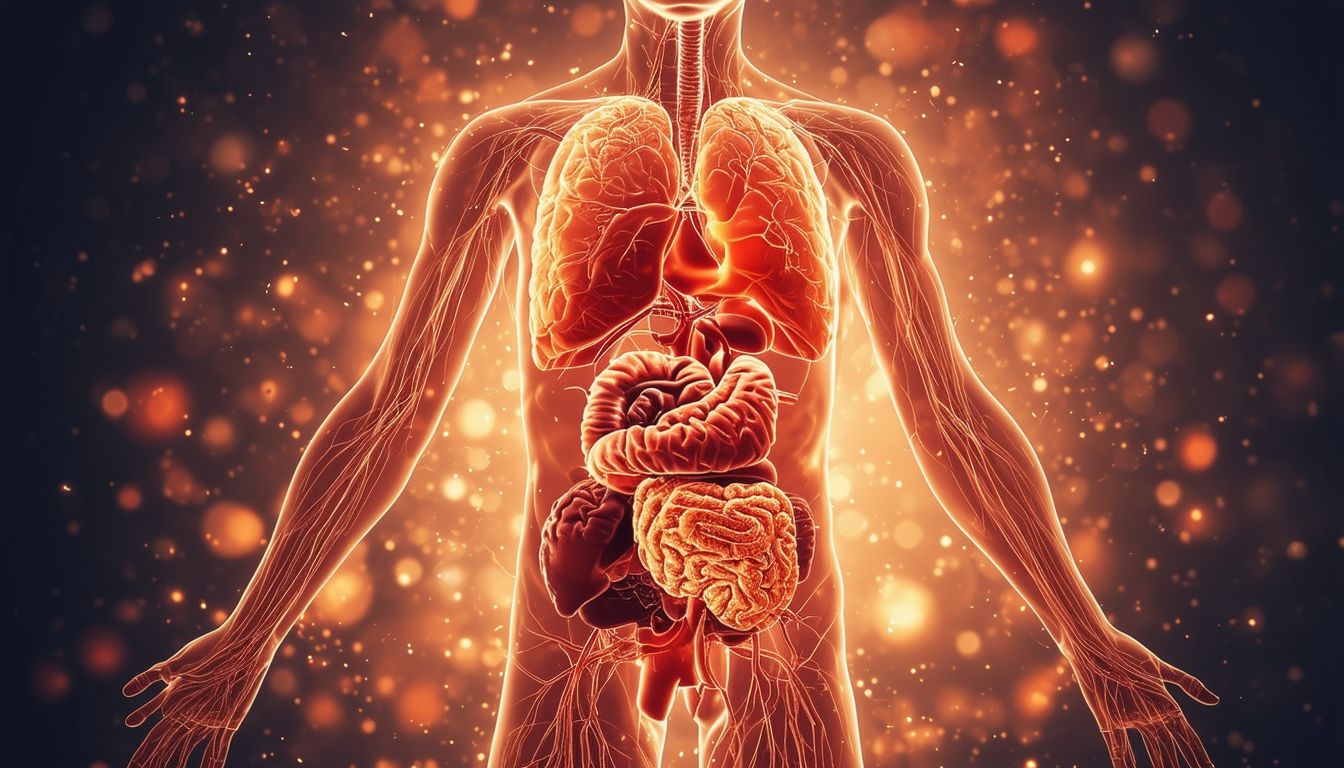Abiogenesis: The Birth of Life from Non-Living Matter
Abiogenesis: The Spark of Life
Abiogenesis is the process by which life begins from non-living materials. Imagine the early Earth billions of years ago. It was a place of intense volcanic activity, lightning storms, and a mix of simple ocean chemicals. This environment was very different from the Earth we know today.
Scientists believe simple chemicals like water, methane, and ammonia combine to form more complex molecules in the right conditions. These complex molecules are the building blocks of life, such as amino acids and nucleotides. Amino acids are the components of proteins, while nucleotides make up DNA and RNA, which carry genetic information.
The energy needed for these chemical reactions came from various sources. Lightning strikes, volcanic heat, and ultraviolet radiation from the sun provided the necessary power to drive these reactions. Over time, these complex molecules began to interact and form even more complicated structures.
One essential step in abiogenesis was the formation of self-replicating molecules. These molecules could make copies of themselves, a crucial characteristic of life. RNA is thought to be one of the first self-replicating molecules. It can store genetic information and catalyze chemical reactions, making it a likely candidate for the first life forms.
As these self-replicating molecules evolved, they eventually became enclosed in membranes, forming primitive cells. These early cells were simple but had the basic properties of life: they could grow, reproduce, and respond to their environment.
The transition from non-living to living matter was gradual and took millions of years. However, once these primitive cells formed, they began to evolve rapidly. These early life forms became more complex and diverse through natural selection, eventually leading to the vast array of species we see today.
Abiogenesis is a fascinating field of study because it helps us understand the origins of life on Earth. It also has implications for the search for life on other planets. If life could arise from non-living materials on Earth, it might also be possible on different planets with similar conditions.
In summary, abiogenesis is the natural process by which life emerges from non-living matter. It involved the formation of complex molecules, the development of self-replicating molecules, and the eventual formation of primitive cells. This process laid the foundation for the incredible diversity of life that has evolved on our planet.
Understanding abiogenesis sheds light on our origins and opens the possibility of discovering life beyond Earth. The study of abiogenesis continues to be a dynamic and exciting field, offering insights into one of the most profound questions in science: how did life begin?
Here are the key points from the article on abiogenesis:
- Early Earth Conditions: Intense volcanic activity, lightning storms, and simple chemicals like water, methane, and ammonia.
- Formation of Complex Molecules: Simple chemicals combined to form amino acids and nucleotides, the building blocks of life.
- Self-Replicating Molecules: RNA, capable of storing genetic information and catalyzing reactions, is likely one of the first.
- Primitive Cells: Self-replicating molecules enclosed in membranes, forming simple cells that could grow, reproduce, and respond to their environment.
Watch this video for a visual explanation: How did life begin? Abiogenesis. Origin of life from nonliving matter.


